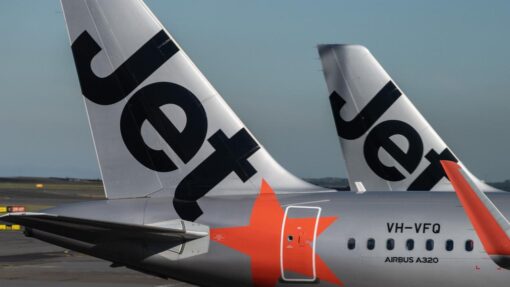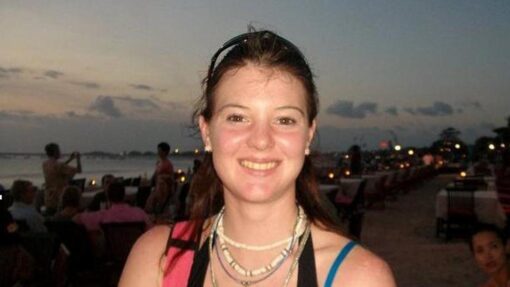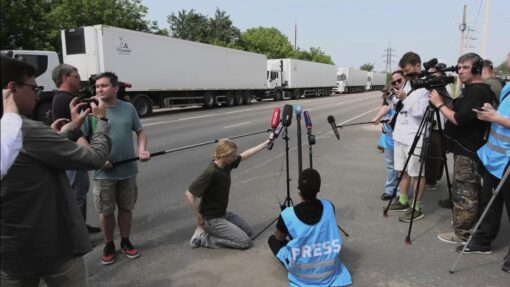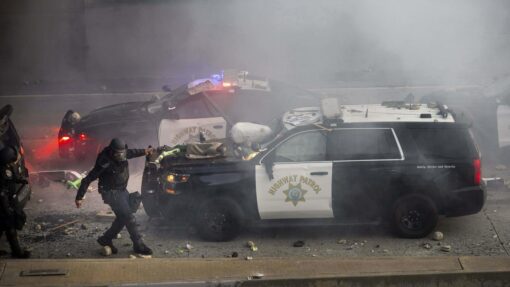Fire pilot went to ‘go take a look’ on fatal last shift
Jack Gramenz |
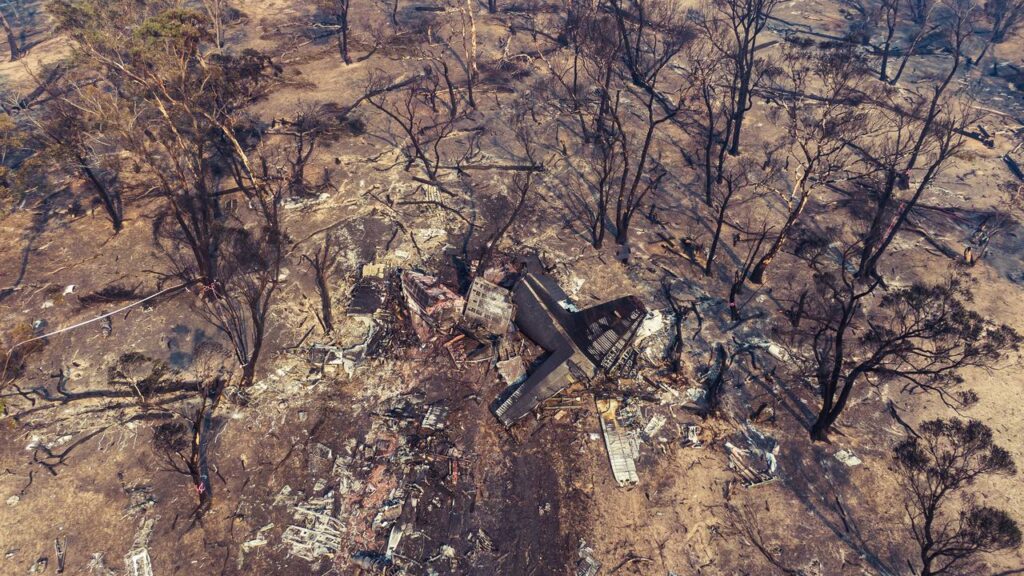
Two long-time US military aviators had just started aerial firefighting while their experienced pilot was flying his final shift when their plane crashed fighting the Black Summer bushfires.
A NSW inquest into the 2019-20 horror fire season resumed on Monday to examine their deaths.
Calls played to the inquest recorded senior Rural Fire Service personnel being told aircraft were grounded on the morning of January 23, 2020.
“Let’s just get LATs (large air tankers) up there and see what they can do,” came the response.
Captain Ian McBeth, 44, first officer Paul Clyde Hudson, 42, and flight engineer Rick DeMorgan Jr, 43, were killed when their Lockheed EC-130Q LAT crashed northeast of Cooma.
NSW State Coroner Teresa O’Sullivan praised their bravery and generosity for coming to protect Australia as the inquest hearing began on Monday.
She acknowledged the presence of Mr McBeth and Mr Hudson’s widows. Mr DeMorgan’s family was unable to attend.
Mr McBeth had performed 994 tanker drops across 3010 hours piloting C-130s as an aerial firefighter.
“He had just handed in his resignation. This was Ian’s last shift,” counsel assisting the inquiry Adam Casselden SC said.
Mr Hudson and Mr DeMorgan worked on C-130s during their respective careers with the US Marine Corps and Air Force. They had recently started working for Coulson Aviation, one of the companies providing 38 private aircraft to the RFS.
RFS state air desk duty aviation officer Sam Crothers said the message he received was for two LATs to go to a fire at Adaminaby, near the Snowy Mountains.
“It was obviously an emergency,” he told the inquest.
But it was not out of the ordinary.
“Usually, the LATs are sent for initial attack,” Mr Crothers said.
A call played to the inquest recorded Mr Crothers telling Richmond RAAF base to send two LATs.
“I want the 737 and the Herc to go because they’ll beat the birddog (supervising aircraft),” Mr Crothers said.
A Boeing 737 LAT known as B137 took off at 11.27am, followed by the C-130 dubbed B134 shortly after noon.
Neither crew expected a supervising aircraft, however Australian Transport Safety Bureau investigator-in-charge Laura Henwood told the inquest they should have been told a birddog pilot had rejected the task.
The ATSB found the RFS had opportunities to communicate the rejection to both LATs, but did not, nor did it have a policy to do so.
She said the RFS needed to tell pilots why their colleagues rejected tasks.
“The reason behind the rejection is just as important as communicating the actual rejection,” Ms Henwood said.
The birddog pilot rejected the task one minute before B134 took off because of the forecast weather, knowing B137 was already in the area and waiting to hear more on the actual conditions from them.
The two LATs came into communication range about 12.35pm just outside Canberra.
The pilot of B137 told authorities he let Mr McBeth know they would not return to Adaminaby as conditions were deteriorating.
“I’ll go take a look,” Mr McBeth responded.
About 1pm, B134 radioed it would head to the nearby Good Good fireground due to the poor conditions at Adaminaby, and again three minutes before it crashed to say it would carry out multiple runs on that fire.
The plane likely stalled as it climbed after dropping fire retardant, the ATSB investigation found.
The coroner is aiming to provide answers for the firefighters’ families, while assessing how similar incidents can be avoided as Australia becomes increasingly reliant on LATs.
The inquest resumes on Tuesday.
AAP